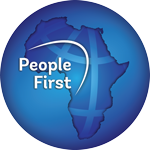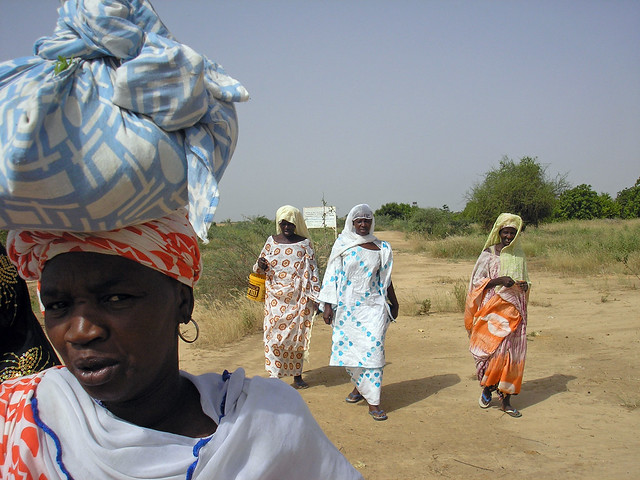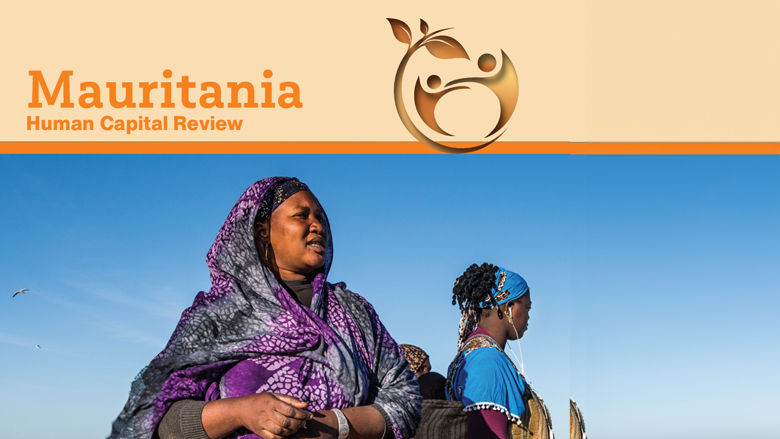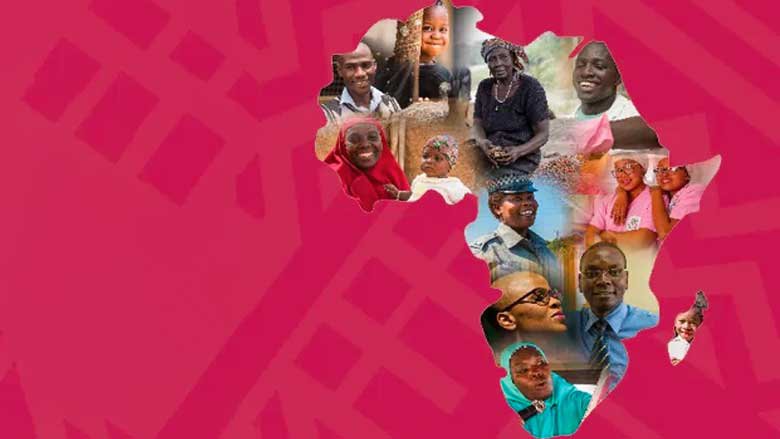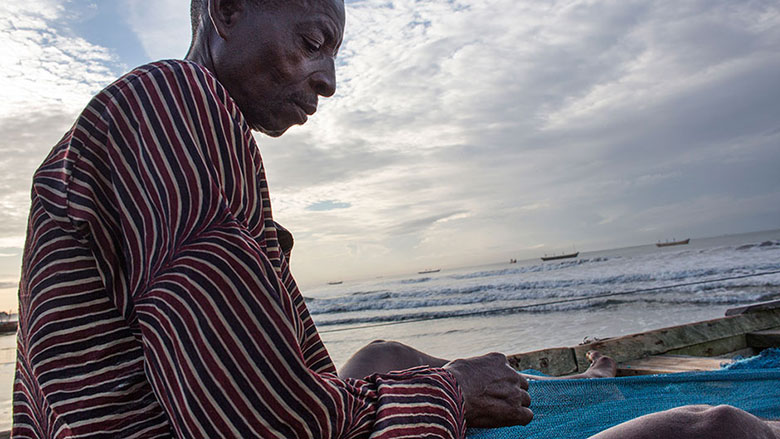Mauritania is predominantly a desert country, with vast stretches of pastoral land and only 0.5% arable land. The population is estimated at around 5 million (2024), and with a density of 5 inhabitants per square kilometer, it is one of the least densely populated countries in the world. In addition, more than half of Mauritanians (61.3%) live in urban areas (2024).
Political Context
Nearly one year after his re-election on June 29, 2024, President Mohamed Ould Cheikh El Ghazouani, former Chair of the African Union, continues his efforts to combat corruption, empower youth, and improve education, agricultural transformation, and security. The government remains aligned with the Mes engagements program, which is now evolving into Mon ambition pour la nation, structured around five strategic pillars: institutional governance, economic resilience, human capital development, social inclusion, and security.
Mauritania is currently facing major migration challenges, serving as a key transit point for migrants en route to Europe. Nouakchott hosts approximately 500,000 migrants in irregular situations, underscoring the country’s strategic position along migration routes. The deteriorating security situation in Mali has also triggered an influx of refugees, with approximately 170,000 Malians currently sheltered in the Mbera camp.
Economic Overview
- Economic growth is estimated at 5.1% in 2024 (2.1% per capita), down from 6.5% in 2023 (3.4% per capita), as strong export performance and resilient private consumption were offset by weaker public consumption and a slowdown in gold and iron ore production. Inflation declined to 1.5% (year-on-year) in December 2024, compared to 1.6% in 2023, driven by lower food and fuel prices and supported by the Central Bank’s tight monetary policy;
- Fiscal consolidation helped reduce the budget deficit to 0.1% of GDP in 2024, down from 2.4% in 2023, thanks to increased revenues from telecommunications taxes and withholding taxes on extractive industries, as well as spending control. The debt-to-GDP ratio fell to 44.5%, due to exchange rate stability, reduced external debt, and stronger GDP growth. Mauritania remains at moderate risk of debt distress, according to the joint debt sustainability analysis (DSA) by the World Bank and IMF conducted in December 2024;
- The current account balance narrowed in 2024 to -7.6%, driven by higher exports and lower imports of hydrocarbons, capital goods, and food products. Foreign exchange reserves increased slightly, covering 6.4 months of imports.
Medium-Term Outlook
The medium-term outlook is favorable, with GDP growth projected to average 5.1% over 2025–2027, driven by the launch of gas production and exports under the Grand Tortue Ahmeyim (GTA) project. This growth may be partially offset by a decline in gold and iron ore production. Modest agricultural performance and rising inflation are expected to push the poverty rate up to 31.8% by 2027, bringing an estimated 193,000 people into poverty. The fiscal deficit is expected to average -1.1% of GDP over 2025–2027, due to increased investment spending, partially offset by rising gas revenues. Public debt is projected to stabilize at 43.7% of GDP by 2027, enabling the country to undertake priority investments. Inflation is expected to reach 3.5% in 2025 and converge toward 4.0% thereafter. The current account deficit is projected to average 7.8% of GDP over 2025–2027, driven by increased gas exports and lower import prices, with foreign direct investment in extractive industries and aid inflows remaining the main sources of external financing.
Downside risks to the outlook remain significant. Deteriorating security conditions in the Sahel could lead to an influx of refugees and deter foreign direct investment, while climate-related shocks threaten agricultural productivity and infrastructure, exacerbating poverty and increasing pressure on the balance of payments. Global economic and geopolitical uncertainty, along with slowing growth in the euro area and China, could further disrupt trade, investment, and aid. Conversely, stable gas production under the GTA project, sound management, faster reform implementation, and easing global financing conditions could accelerate structural reforms, attract foreign direct investment, and support growth.
Social Context
According to Mauritania’s Human Capital Index (HCI), a child born today will reach only 38% of their potential productivity by adulthood. The learning-adjusted years of schooling average 4.2 years per child, while 25% of children suffer from stunting, in a context of relatively low public spending on health and education. Social assistance spending is high by regional standards (7.5% of GDP), and existing safety net programs reach 47% of the poorest quintile of the population—one of the highest coverage rates in the region (see also the “Results” section).
Last Updated: Mar 31, 2025

